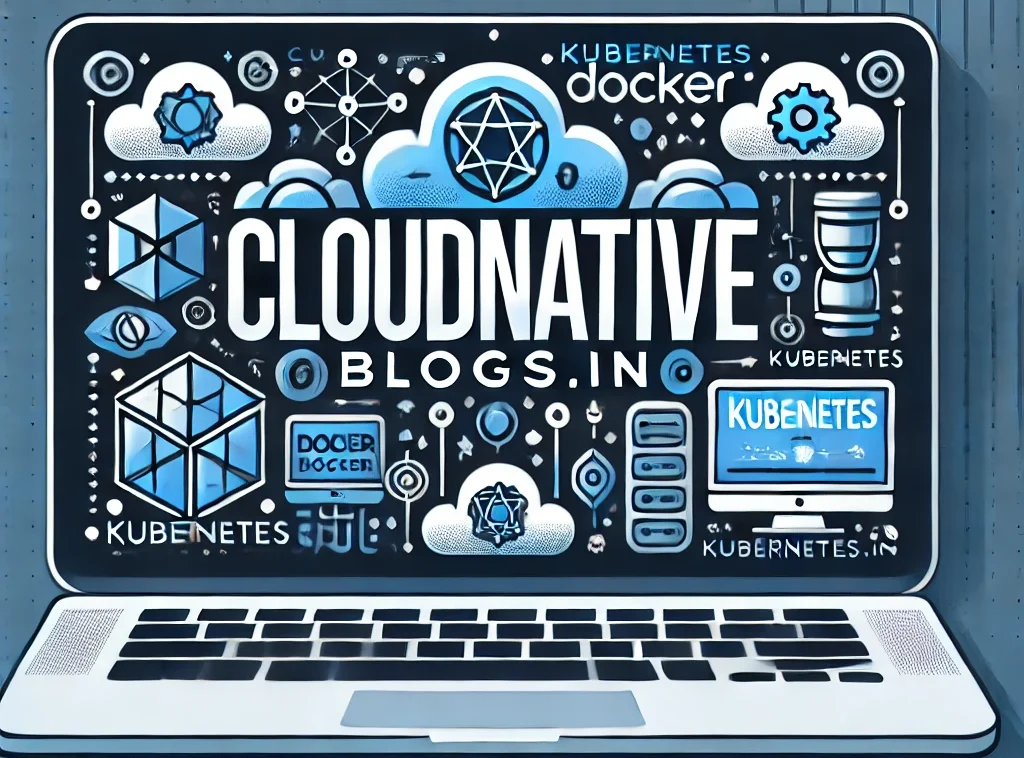#Java powers millions of #server #applications worldwide. Discover why its performance, security, portability, robust ecosystem, and ongoing innovation make it the preferred platform for enterprise backend development despite language complexity.
GraalVM Native Binaries: Benefits, Drawbacks, Adoption
Ahead-of-time compilation with GraalVM produces native executables offering rapid startup, reduced memory footprint, and simplified deployment. However, build complexity, manual reflection configuration, and lack of JIT optimizations limit widespread adoption.
Containerized Java: Fix Version Compatibility with Docker
This article explores how Docker solves Java version compatibility challenges step by step.
Beyond “Write Once, Run Anywhere”: How Enterprises Tame Java’s Platform Dependencies
#Java’s “Write Once, Run Anywhere” promise is powerful, but not absolute. This guide explores the multi-layered enterprise strategy for managing platform-specific #native code using automated builds, #CICD, and #containers.
How Java Solves the Diamond Problem?
Java avoids the diamond problem by not supporting multiple inheritance of classes. With interfaces and default methods, it provides a clear mechanism for resolving method conflicts in Java programs.
Why Scala is the Best Choice for Big Data Applications: Advantages Over Java and Python
Discover the advantages of using Scala in big data applications, including interoperability with Java, functional programming support, and seamless integration with Apache Spark for enhanced performance and productivity.
Key Changes in Java Development Practices: From Java 8 to Java 17
Explore the significant changes in Java development from version 8 to 17, including language features, APIs, performance improvements, and more, to enhance your programming practices.
Go vs. Java vs. .NET: A Comprehensive Performance and Development Time Evaluation for Enterprises
This article explores how enterprises can evaluate Go, Java, and .NET in terms of performance, development time, and Agile methodology to make informed language choices for their projects.
Harnessing Java for Real-Time Data Streaming and Processing
Java’s robust performance and extensive frameworks make it ideal for real-time data streaming and processing, enabling scalable, efficient, and reliable applications for modern data-driven businesses.
Scala vs. Java: The Superior Choice for Big Data and Machine Learning
Scala offers functional programming, seamless Java integration, advanced type systems, and superior concurrency, making it the optimal choice over Java for big data and machine learning applications.
Best Practices and Techniques for Optimizing Java Code Performance
This article explores comprehensive best practices and techniques for optimizing Java code performance, covering profiling, memory management, efficient algorithms, concurrency, I/O operations, JVM tuning, and continuous performance testing.
This article explores how the Java Virtual Machine allocates memory for objects in the heap space. It covers configuration options, garbage collection, advanced techniques, and best practices for developers to optimize memory usage in their Java applications.
Learn Microservices with Java in 30 Minutes
Java with Microservices: A Comprehensive Guide Unlock the potential of Java microservices architecture Introduction Chapter 1: Understanding Microservices Chapter 2: Getting Started with Java Microservices Chapter 3: Designing Microservices Architecture Chapter 4: Implementing Microservices in Java Chapter 5: Communication Between Microservices Chapter 6: Data Management in Microservices Chapter 7: Testing Microservices Chapter 8: Securing Microservices […]
